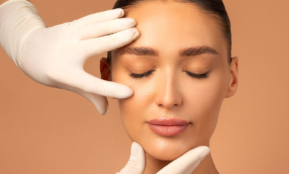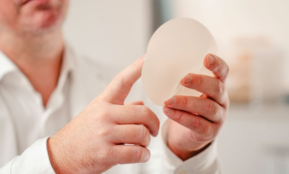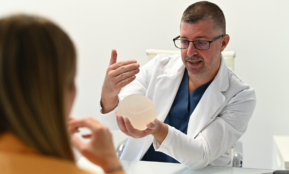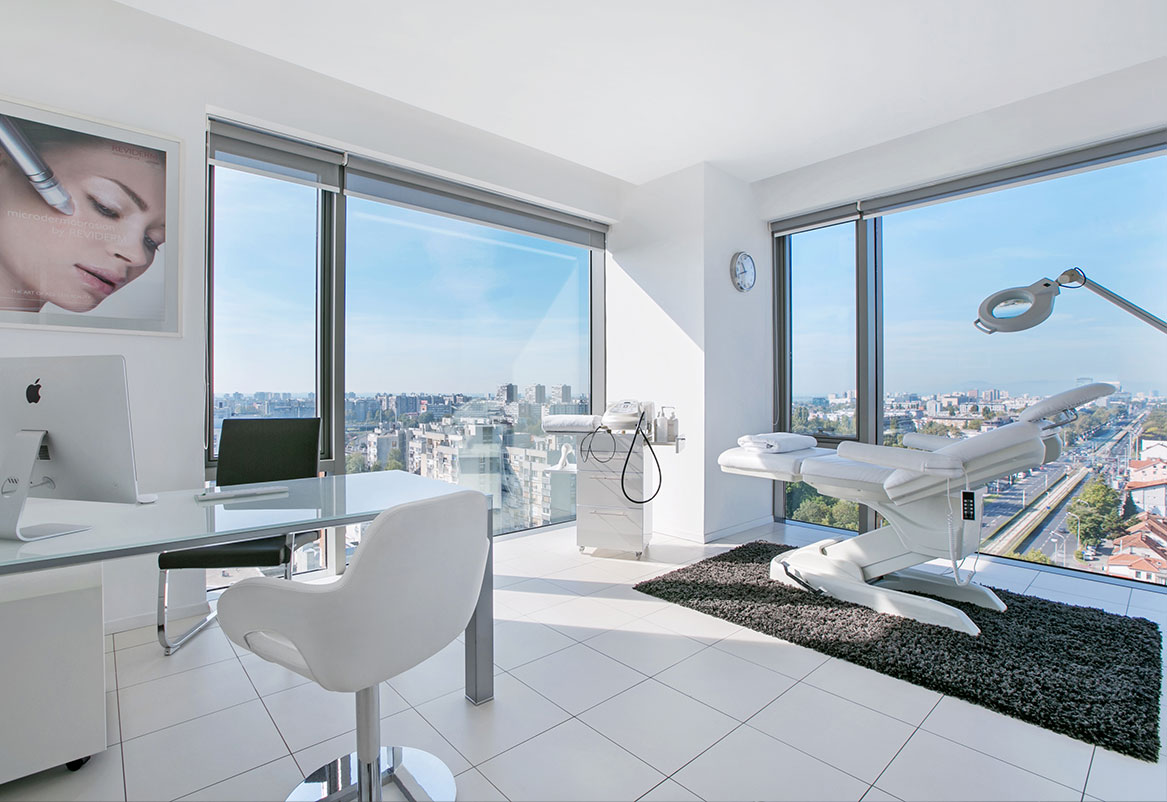Aesthetics
Face
The most modern facial treatments help you look younger, more elegant and happier.
Body
Feel comfortable in your body and correct sources of discomfort.
Chest
Make your wish for a better appearance come true and restore your self-confidence with aesthetic correction.
Hair and scalp
Minimally invasive solutions for hair loss and a natural look.
Issues
Find solutions to some of the most common aesthetic problems.
Treatments
Treatments

Hair and scalp mesotherapy

Thinning hair therapy with your own blood

Trichotest – DNA analysis of hair loss and baldness

Hair loss in women – causes and how to prevent it

Hair loss in men – causes and how to prevent it

Alopecia – hair loss
FACE

BODY

Implantology Center
Different methods of solving the problem of missing one or more teeth.
Prosthetics
The most common solution in cases of functional or aesthetic tooth damage.
Aesthetic Dentistry
Harmonious tooth shaping and tooth color correction according to your wishes.
General Dentistry
Modern and timely diagnostics, treatment and dental hygiene are the key to the health of your teeth.
Issues
Find solutions to some of the most common aesthetic problems.
About us
Locations
Description of the procedure
Cleaning of dental plaque
Scaling is the removal of hard plaque from the surface of the teeth, especially in areas that are difficult to reach with a toothbrush and floss. Calculus is formed by the mineralization of plaque and can cause problems such as gingivitis, periodontitis and tooth decay. The procedure is performed using ultrasonic instruments or hand-held instruments called curettes.
Sandblasting of teeth
A method of removing soft deposits, stains and discoloration from teeth using a jet of air, water and a fine powder (sodium bicarbonate or glycine). Sandblasting provides a feeling of smooth and clean teeth, and is particularly effective in removing surface stains caused by coffee, tea, tobacco or red wine.
Candidates
People who have tartar or soft plaque that is difficult to remove by brushing alone.
People with teeth discoloration due to food, drink or smoking.
Patients who have gum problems (gingivitis or periodontitis) because cleaning tartar helps treat inflammation.
People who want to improve the appearance of their teeth.
Preparation
No preparation is necessary. It is recommended to come to the procedure with clean teeth so that the dentist has a better overview of the situation.
If a patient has very sensitive teeth or gums, they can talk to their dentist about using anesthetics.
Procedure progress
Limescale removal
The dentist uses an ultrasonic device with a vibrating head that removes tartar.
The procedure can take 15-30 minutes, depending on the amount of deposits.
Sandblasting
After removing the scale, a sandblasting machine is used to clean the remaining deposits and stains with a jet of air and powder.
The procedure is quick and takes a few minutes.
After the procedure, the teeth can be polished to achieve a shiny appearance.
Recovery
After the procedure, teeth and gums may be sensitive for a few hours. This is especially true for people with sensitive gums or those who have had a large amount of tartar removed.
In the first few hours after the procedure, it is recommended to avoid very cold, hot, or sour-spicy foods.
After a few days, all unpleasant sensations should disappear, and your teeth will remain clean and smooth.
Precautions
If you have very sensitive teeth or gums, inform your dentist before the procedure.
People who have serious gum problems, such as periodontitis, should consult a dentist about appropriate treatments before sandblasting.
Regular oral hygiene and visits to the dentist are recommended to reduce the need for frequent tartar cleanings.
The procedure is common, safe and simple, and the results are visible immediately after the treatment.
Price
In cooperation with banks, Bagatin Polyclinic provides the option of paying in installments, as well as interest-free payments up to a certain number of installments.
You can check more about payment methods and treatment prices in the current price list of the Bagatin Polyclinic:
They said about us...
Your
Frequently asked questions
Contact us
Contact us with confidence.
By filling out this form, our call center will contact you within 24 hours to arrange your appointment. We keep all information you provide us with in the strictest confidence.
Phone:
E-mail:















